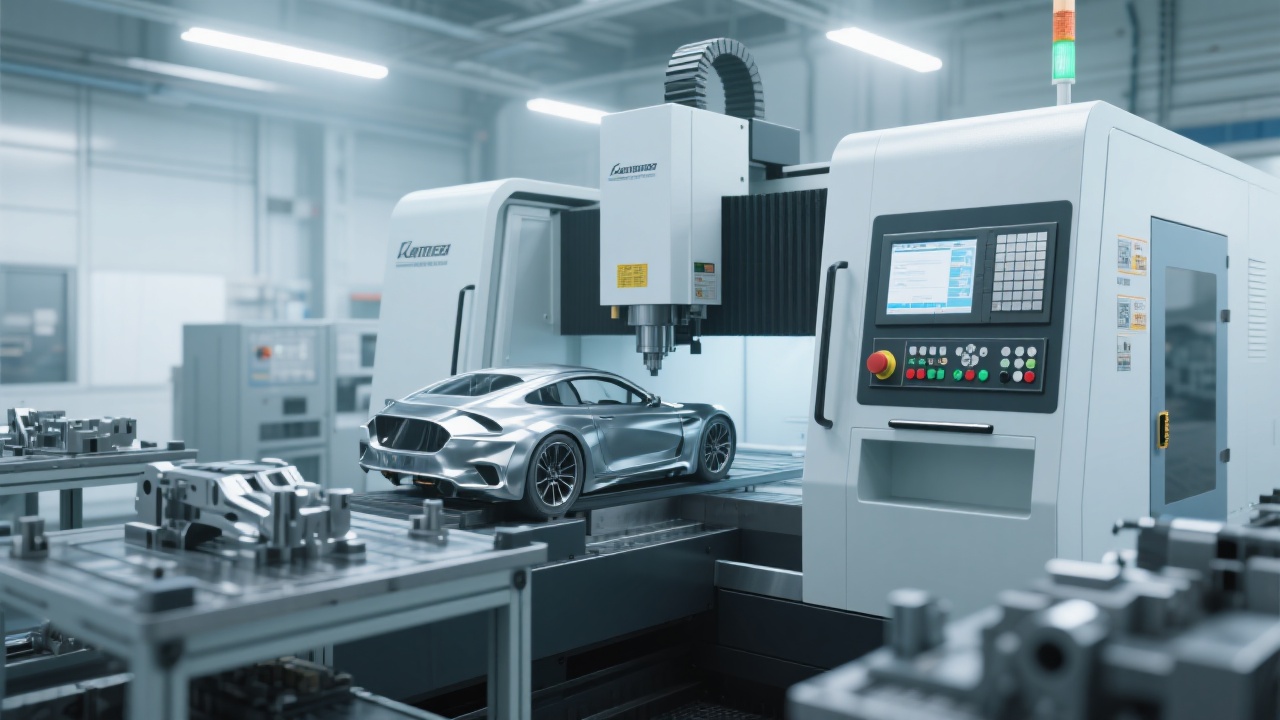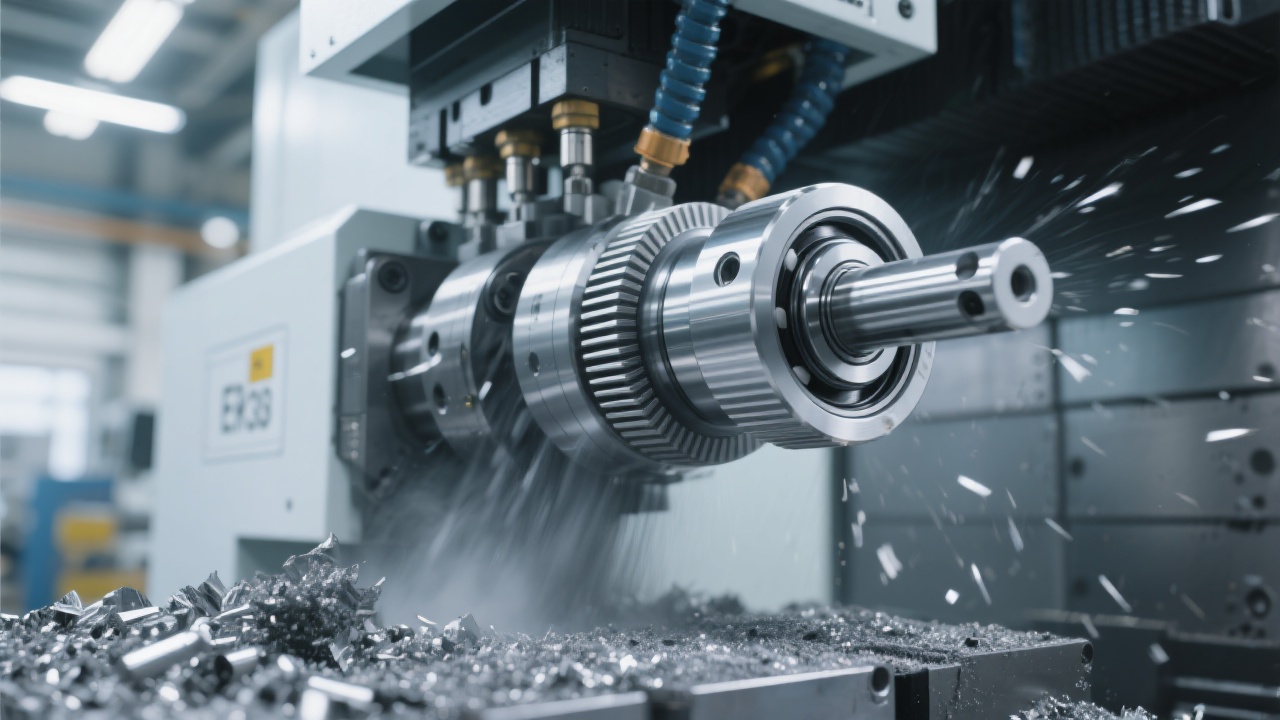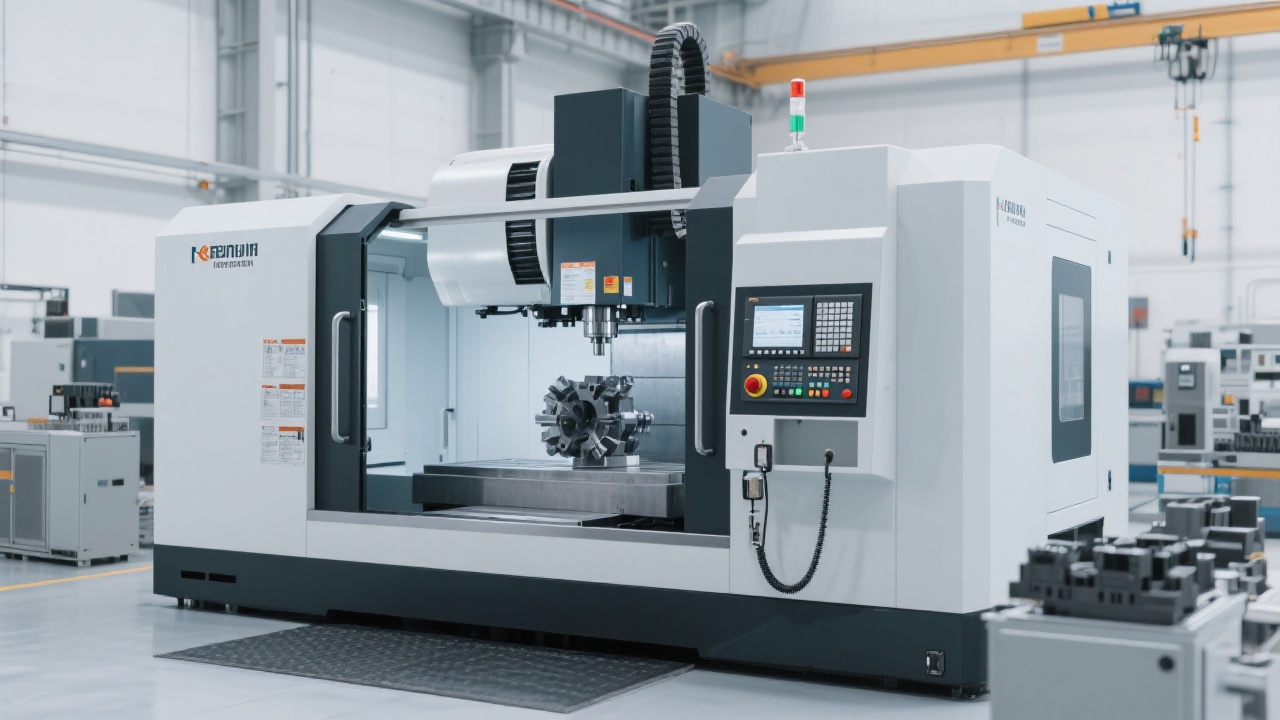
As a decision-maker in shoe mold manufacturing, you undoubtedly face mounting pressure to meet increasingly diversified orders without compromising delivery times or quality. The evolving market demands rapid switches between different product variants — an operational challenge that calls for advanced manufacturing solutions. This is where five-axis CNC milling machines, particularly the KiaBo DC6060A model, come into play, delivering measurable gains in flexibility, precision, and throughput that directly empower your production agility.
Shoe mold manufacturers today contend with a complex reality: customer orders vary significantly in style, sole pattern, and material requirements. Traditional machining setups often stall productivity when switching from one mold design to another, leading to costly downtime and elongated lead times. This inefficiency can erode your competitive edge in a global market where speed and customization are king.
The five-axis CNC milling machine distinguishes itself by enabling simultaneous multi-directional cutting, ideal for the complex 3D contours typical of shoe molds. Unlike three-axis machines, five-axis setups handle intricate curves and undercuts in a single clamping, thus significantly reducing setup time and potential alignment errors.
Key technical features contributing to enhanced multi-variant order handling include:
| Configuration Parameter | Effect on Production | Typical Improvement |
|---|---|---|
| Spindle Speed (Up to 24,000 RPM) | Faster material removal & smoother finish | +18% machining speed |
| Tool Magazine Capacity (20+ tools) | Less frequent tool changes, reduced downtime | 30% decrease in tool changeover time |
| High Precision Control System (±0.005mm) | Consistent mold quality, minimal rework | Quality defect rate reduced by 22% |
These factors synergistically reduce the so-called "non-cutting" or empty tool travel time, expanding your machine’s effective production capacity.
One leading shoe mold manufacturer shared their experience with the DC6060A model, highlighting a 30% increase in order response speed after upgrading their equipment. According to their Production Manager:
“Switching to the five-axis DC6060A not only minimized setup complexity but let us handle multi-variant jobs concurrently. Programming optimizations and standardized machining templates shortened our trial phases dramatically, enabling smoother scale-up to mass production.”
Programming improvements such as adaptive toolpath strategies and standardized fixtures are key enablers here, reducing operator errors and enhancing repeatability.

Maximizing your five-axis CNC’s flexibility requires a strategic approach to programming and tool maintenance:

A significant advantage of the DC6060A lies in its support for smooth scale-up — transitioning from low-volume prototypes to high-volume production lines without costly workflow disruptions. This transition is made possible through:


